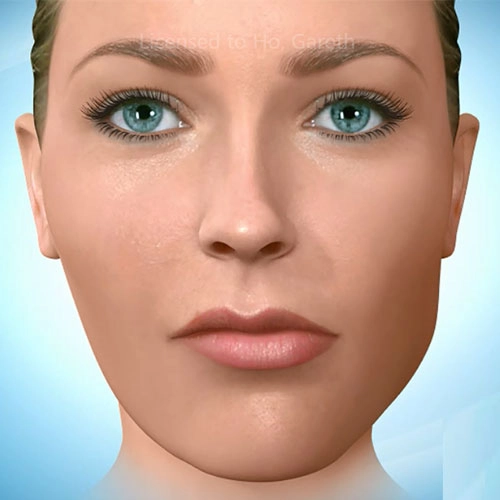My Concerns
- Home
- My Concerns
Types of Problems
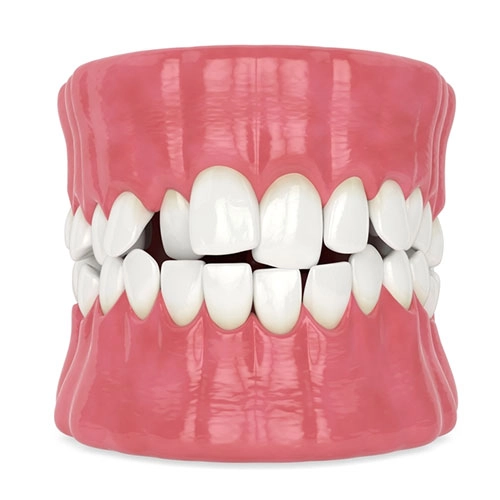
Crowding
Occurs when teeth have to fight for space and results in crooked and overlapping teeth.
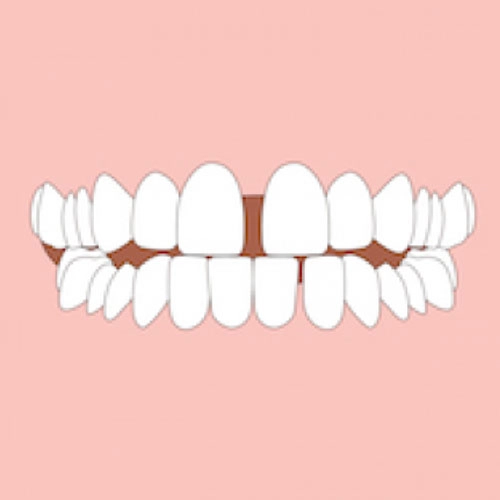
Spacing
Occurs when teeth can’t ‘fill’ the amount of space available which can result in big gaps between teeth.
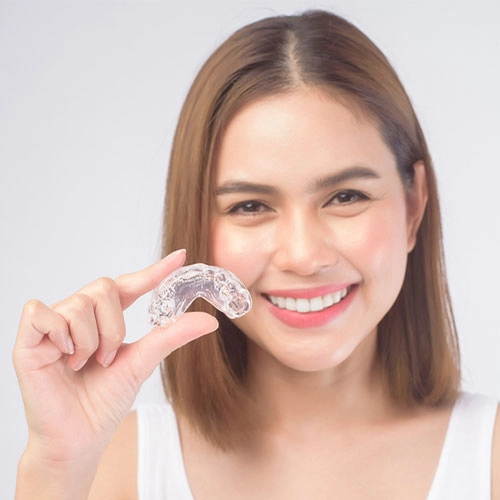
Tooth Wear
Over time, teeth can wear out as a result of age, eating and drinking highly acidic foods or grinding your teeth.
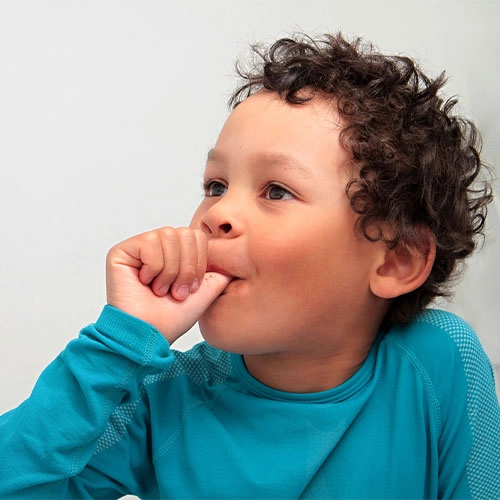
Thumb Sucking
Thumb sucking over the age of 5 years can alter normal growth of the jaws and cause significant misalignment of the front adult teeth as they erupt into the mouth.
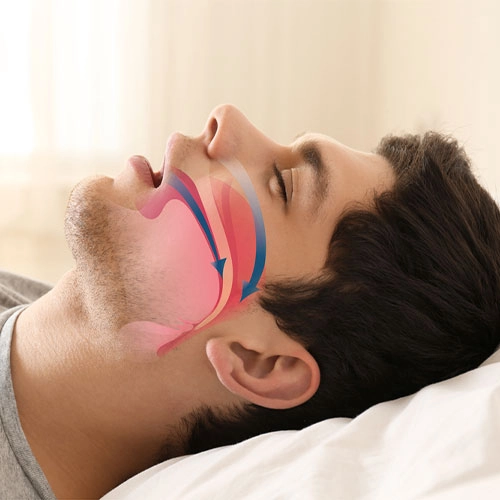
Mouth Breathing
Snoring or sleep apnoea: While snoring is common and quite harmless, severe cases can be related to sleep apnoea and can have serious side effects. The orthodontist is normally the first person to identify these airway and breathing problems and can offer appropriate advice for necessary treatment.
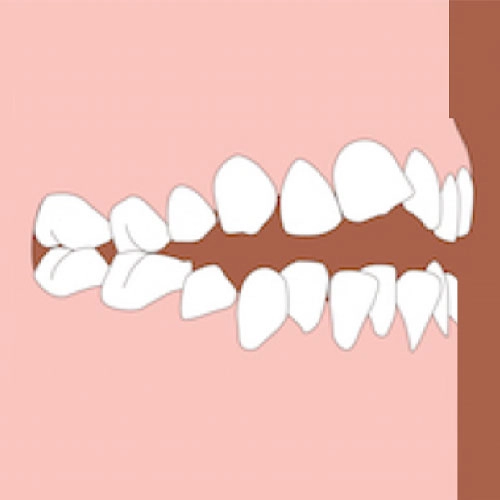
Open Bite
A condition when the top and bottom teeth do not meet when you bite. This can result in a gap between the front top and bottom teeth. An open bite can also affect back teeth.
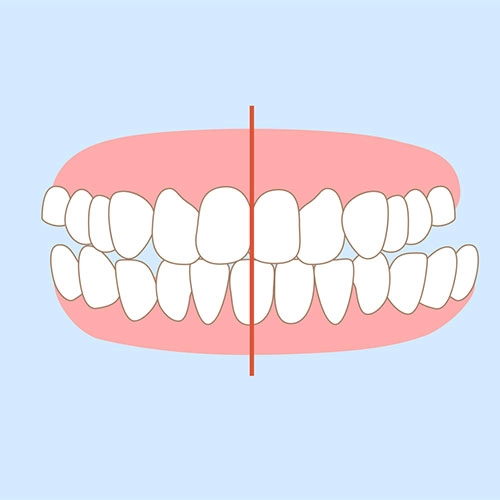
Cross Bite
Occurs when one or more of the lower teeth sit outside the upper teeth, usually along the side of your jaw.
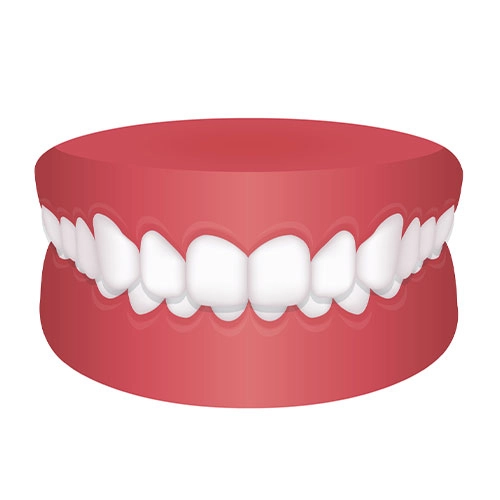
Protrusion
The condition where the top front teeth sit out more than normal. This can also leave a big gap between the front top and bottom teeth. Reverse bite: opposite of protrusion; a condition where the bottom front teeth sit out more than normal, also known as an underbite.
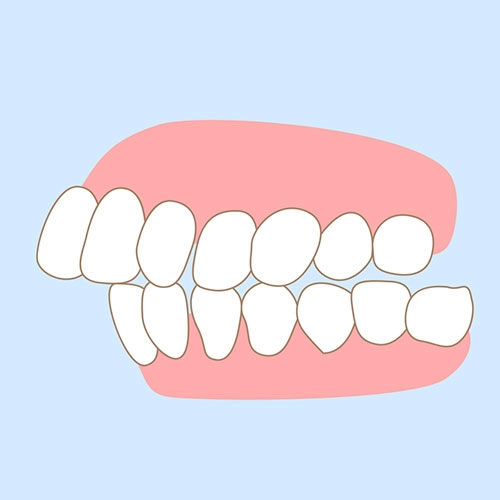
Overjet
Condition where the front top teeth sit out and over the top of the lower front teeth which can result in a horizontal gap between the sets of front teeth.
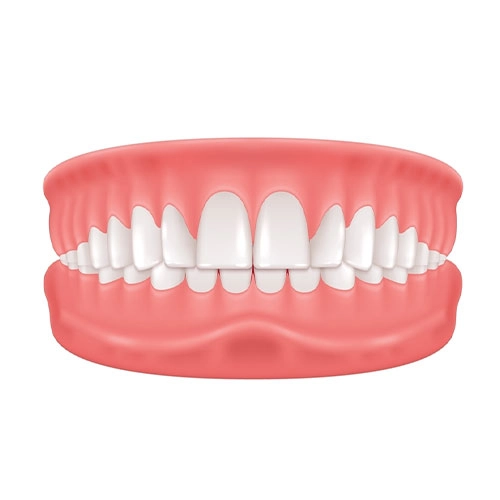
Deep Bite/Overbite
Opposite of an open bite; condition where the top front teeth cover almost all of the lower front teeth when you bite.


